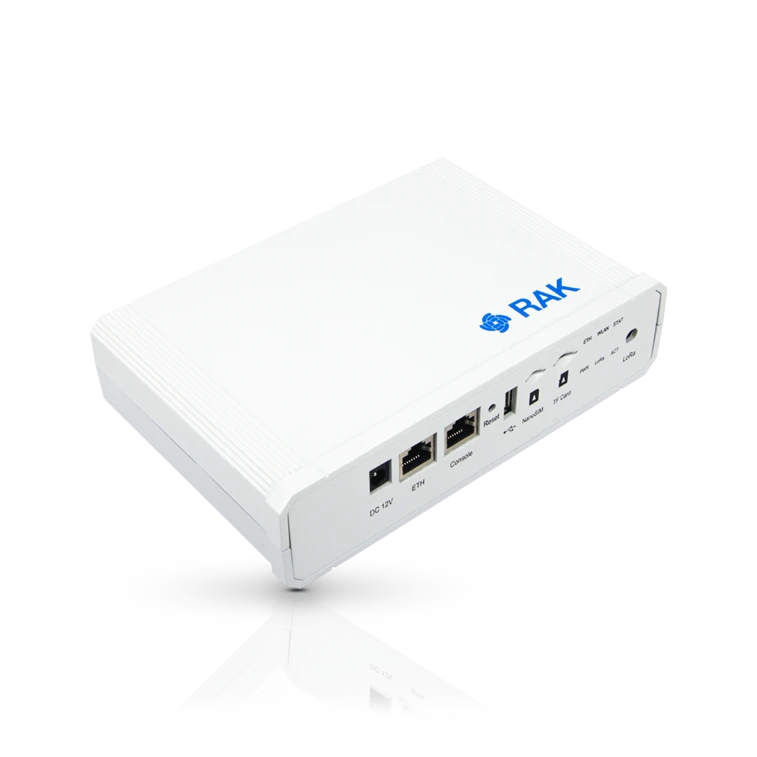DEVELOPMENT OF IOT SOLUTIONS BASED ON NB-IOT AND LORAWAN TECHNOLOGIES
NarrowBand Internet of Things (NB-IoT) is a data transfer technology for supporting networks of IoT. The energy-saving technology Low Power Wide Area Network (LPWAN) allows devices to operate for several months or years using a single battery. The NB-IoT specification was registered in 3GPP Release 13 (LTE Advanced Pro) standard in June 2016. The main purpose of NB-IoT is indoor area coverage. It uses the LTE standard, but it is limited to 200 kHz. OFDM modulation is used for Downlink, and SC-FDMA is used for the uplink. According to the March statistics, there are 100 operators who successfully launched NB-IoT or LTE-M.
| Characteristics | NB-IoT | |
| LTE Cat NB1 | LTE Cat NB2 | |
| 3GPP Release | Release 13 | Release 14 |
| DownLink Peak Rate | 26 kbit/s | 127 kbit/s |
| Uplink Peak Rate | 66 kbit/s (multi-tone)16.9 kbit/s (single tone) | 159 kbit/s |
| Latency | 1,6-10 s | |
| Кол-во антенн | 1 | 1 |
| Duplex mode | Half-duplex | Half-duplex |
| Device Receive Bandwidth | 180 kHZ | 180 kHZ |
| Receiver Chains | 1 (SISO) | 1 (SISO) |
| Device Transmit Power | 20/23 dBm | 14 / 20 / 23 dBm |
210 devices that support the Cat-NB1/NB2 or Cat-M1 standard were registered in April 2019 according to GSA (Global Mobile Suppliers Association).
LoRa is the most rapid development data transmission standard for energy-efficient networks and IoT devices. The LoRa alliance includes more than 500 companies. The obvious advantage of LoRaWAN is the use of non-licensed frequencies. Customers can independently use the LoRaWAN network in their enterprise and apply it for serving IoT devices. The frequency range of LoRa networks is described in the RU 864-870 section. It is regulated by the solution of the State Commission of Radio Frequencies in Russia of May 7, 2007, № 07-20-03-001. Significantly, the Ministry of Digital Development placed restrictions on the frequency range of 864-866 Mhz. According to it, only 0,1% of LBT (listen-before-talk rates) devices can operate in this range. But as for the 868.7 – 869.2 frequency range, there are no restrictions up to 25 megawatts on the time of LoRa devices on the air.
LoRaWAN or NB-IoT – What to Choose?
To sum up: it is better to use NB-IoT for IoT applications that require frequent communications. There are no restrictions on the in-site operating cycle according to its technical specifications. NB-IoT operates in the license LTE range which belongs to mobile operators. So it is impossible to use it without payment. LoRa implementation will be cheaper if you deploy your own LoRaWAN network.
A technical comparison of NB-IoT and LoRa technologies is presented below:
| Characteristics | LoRaWAN | NB-IoT |
| Frequency range | 125 kHz | 180 kHz |
| MCL | 165 dB | 164dB |
| Average time of the battery working time | up to 15 years | up to 10 years |
| DARA throughput | 50 kB/s | 60 kb/s |
| Latency | less than 10 seconds | |
| Encrypting | AES 128 bit | 3GPP 128 – 256 bit |
| The infrastructure value for the client | high | average |
| Service charge | low | average |
Benefits for IoT Applications with LORA и NB-IoT:




Receive the information, get a quote



